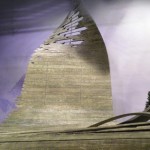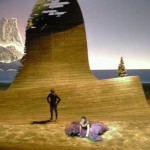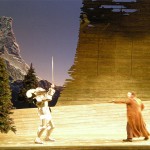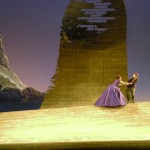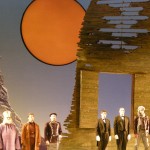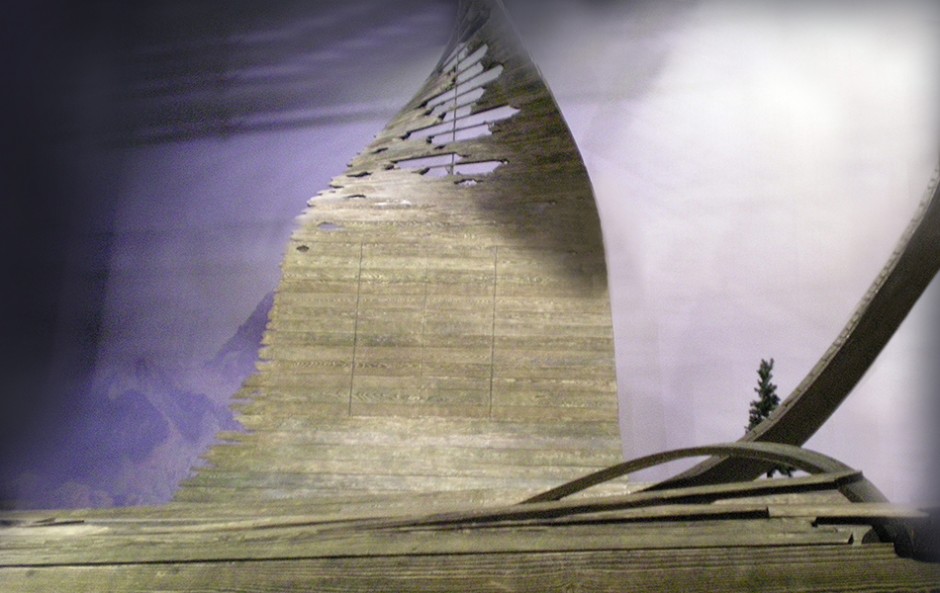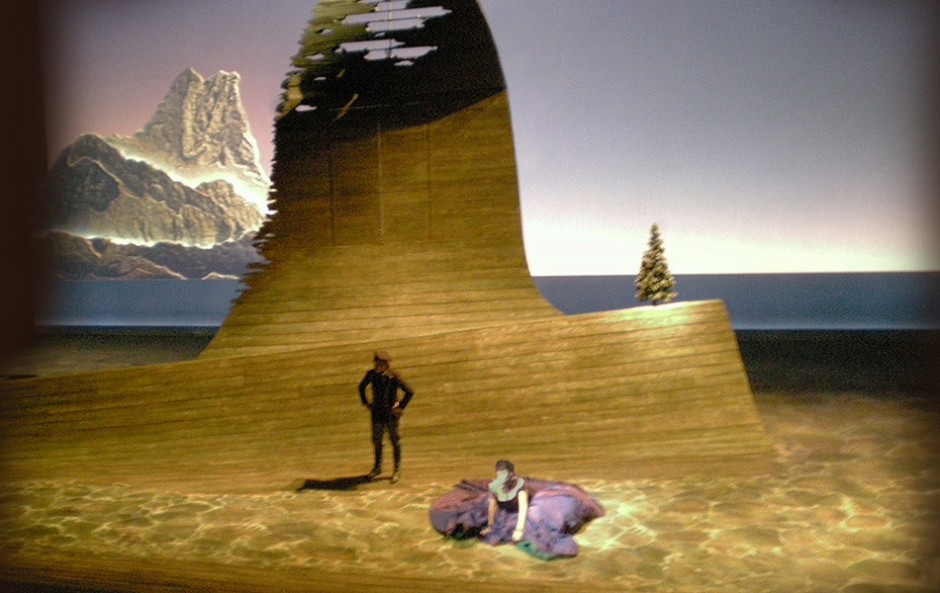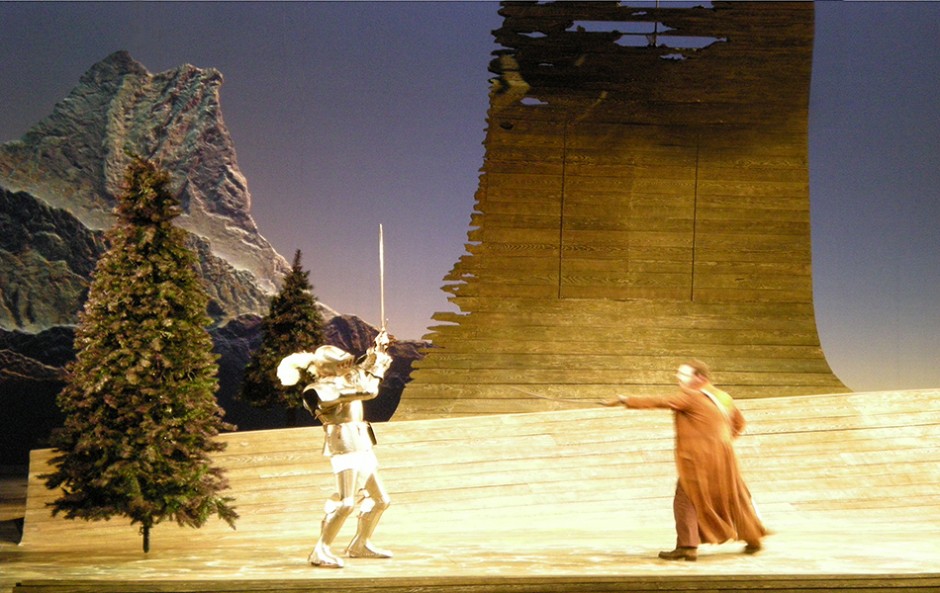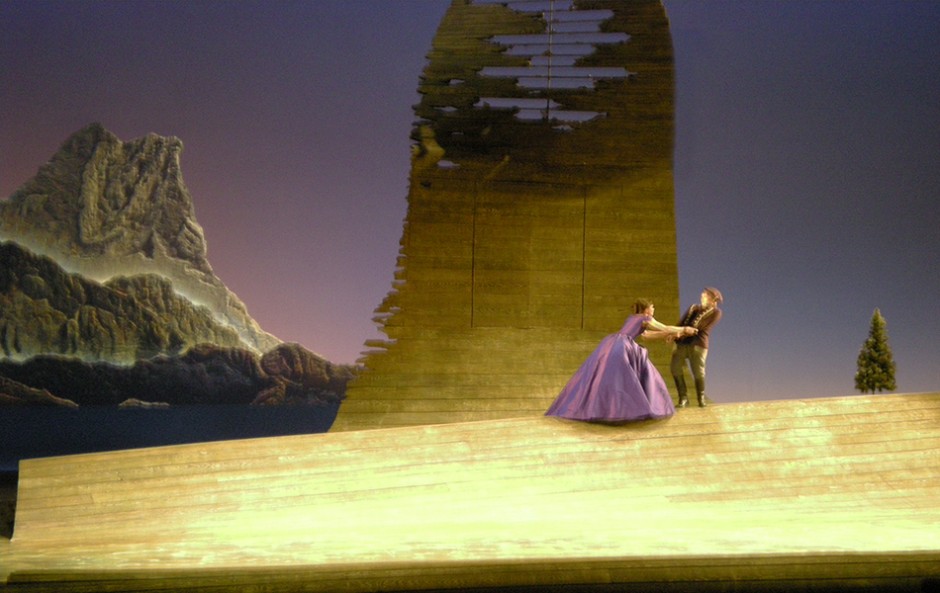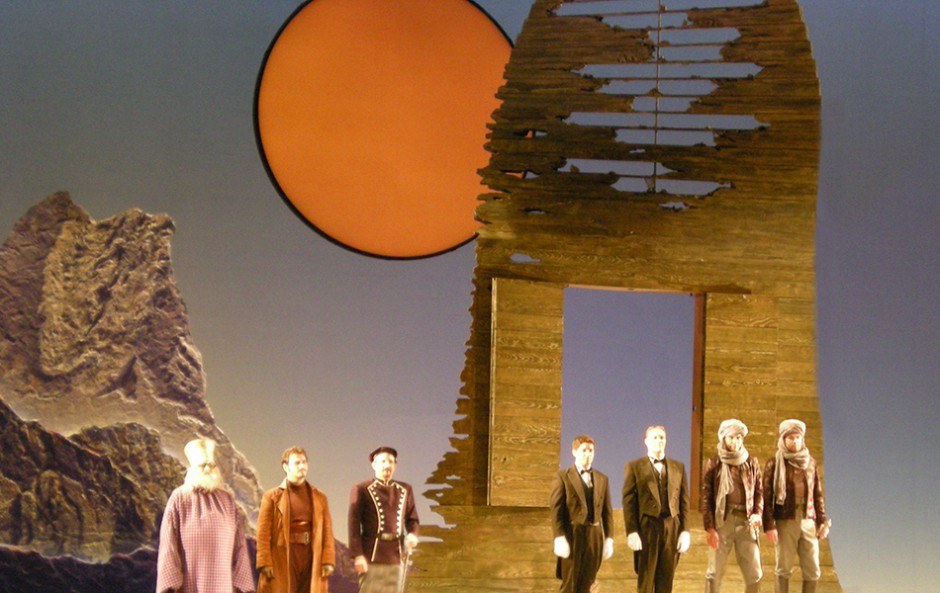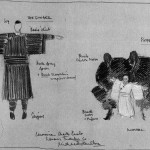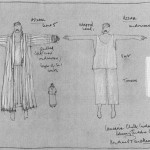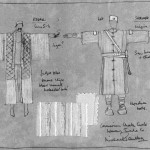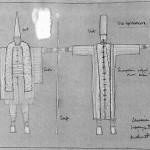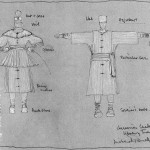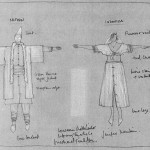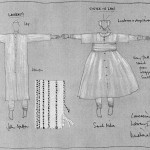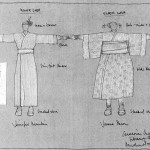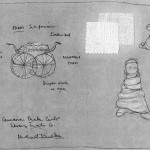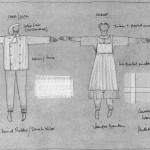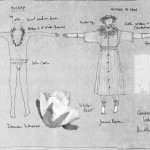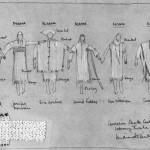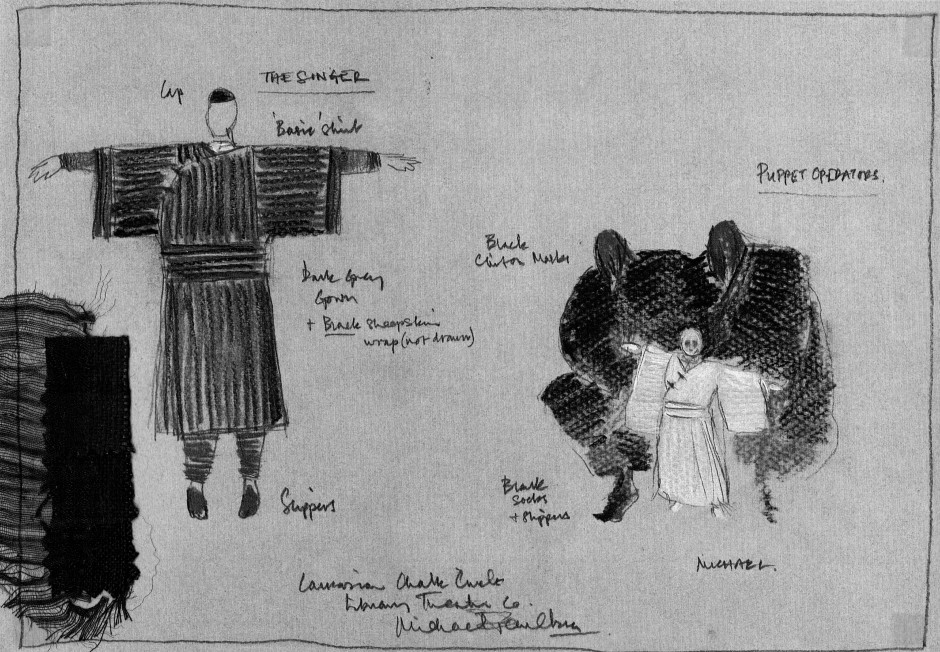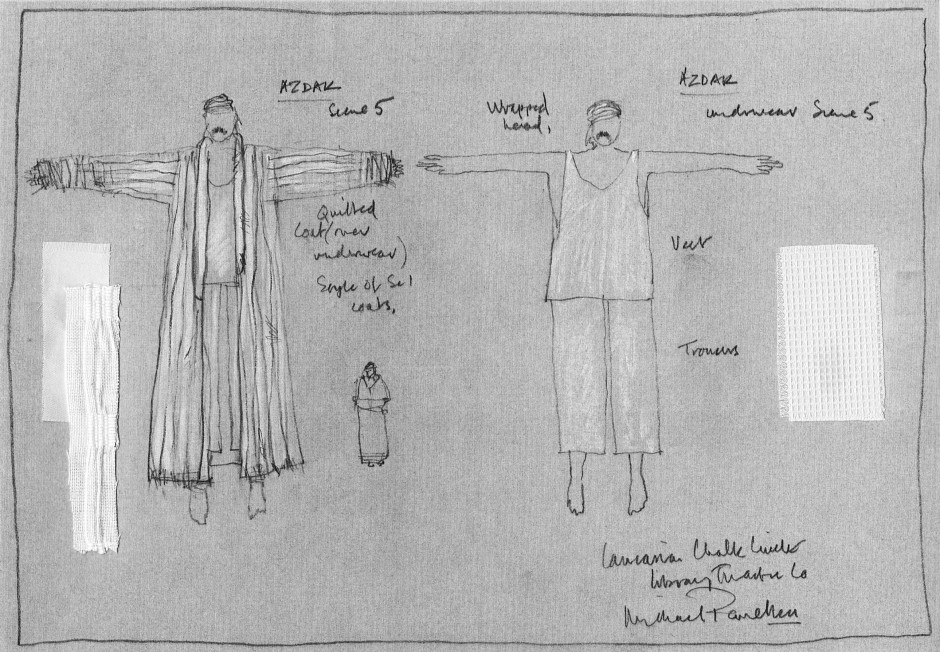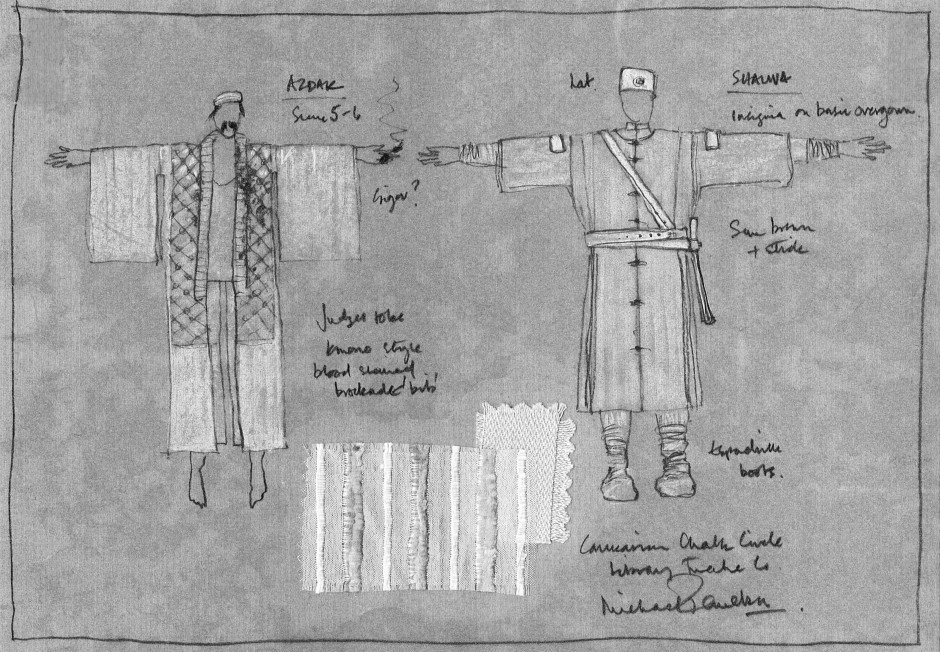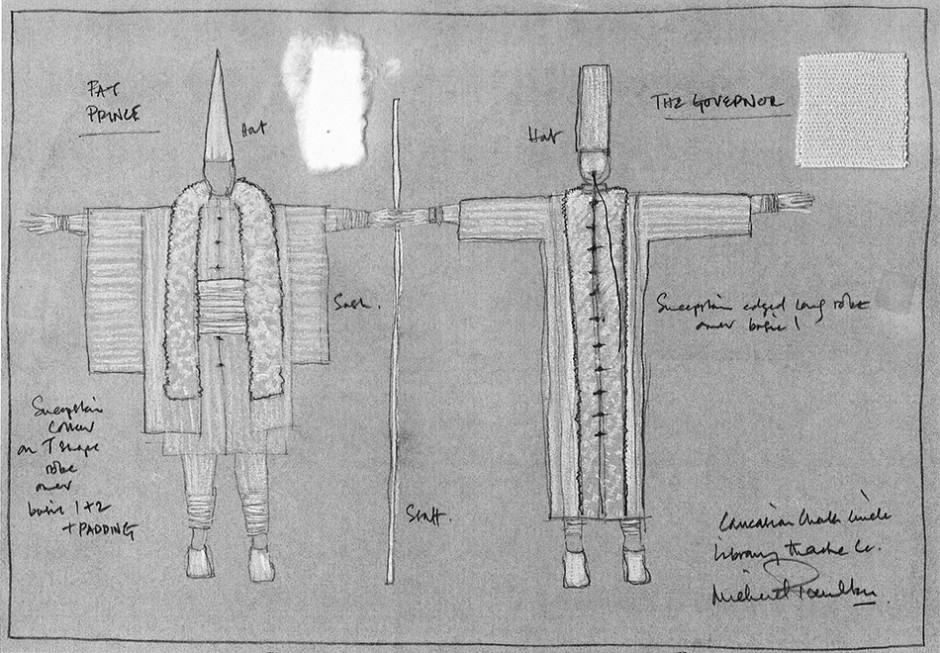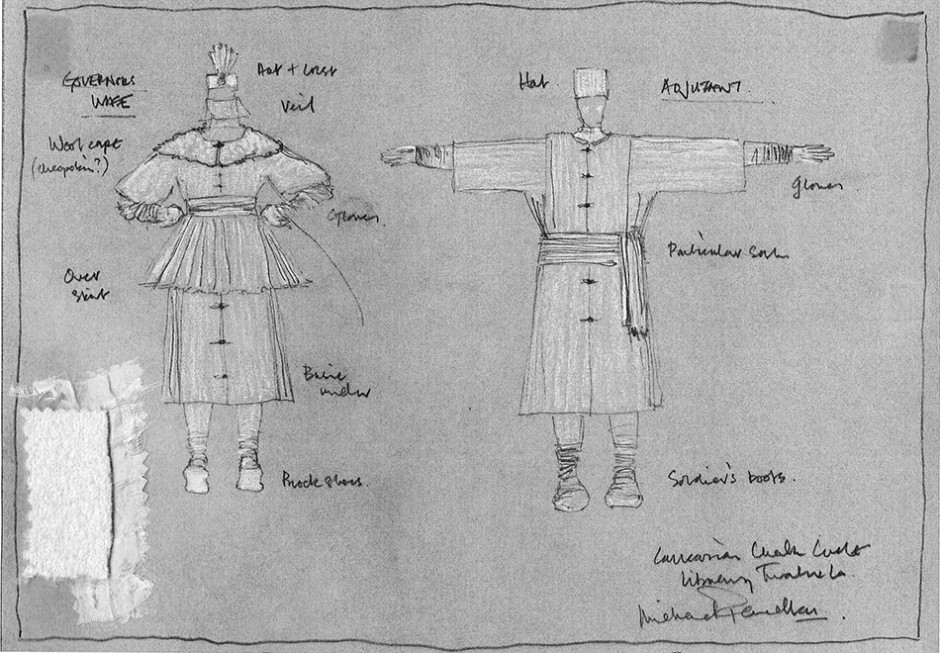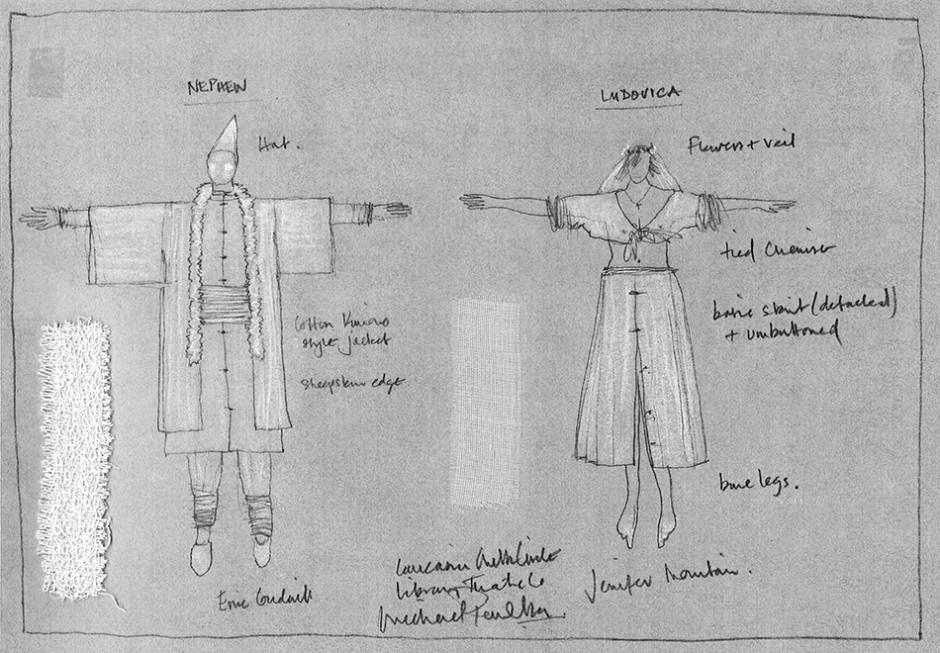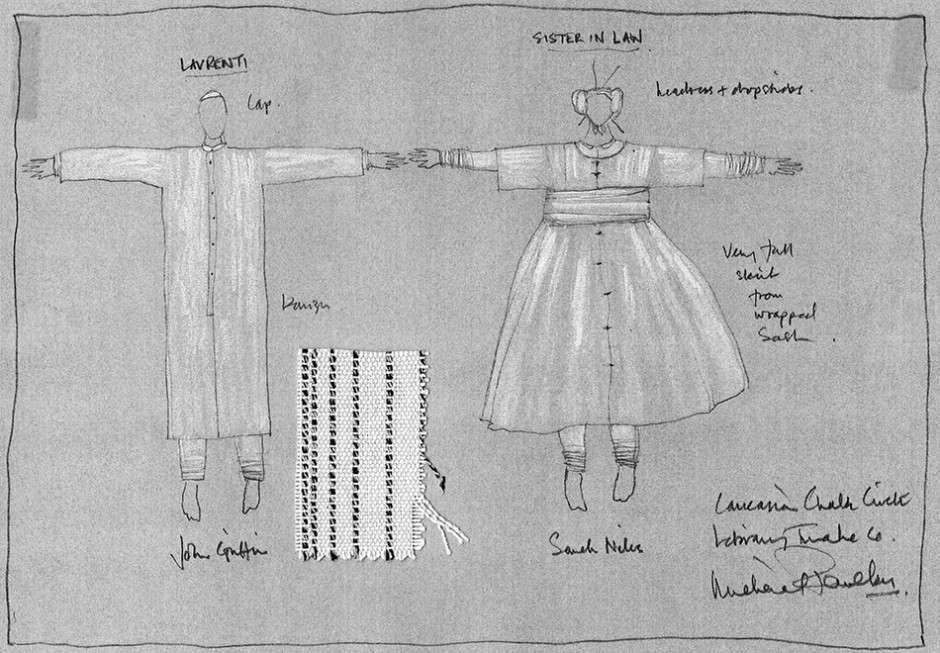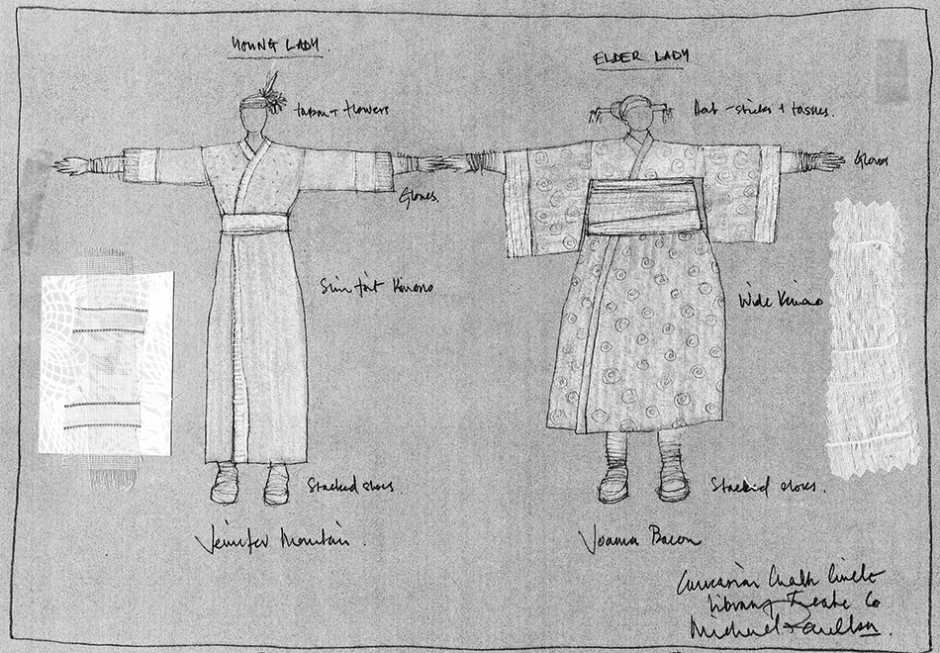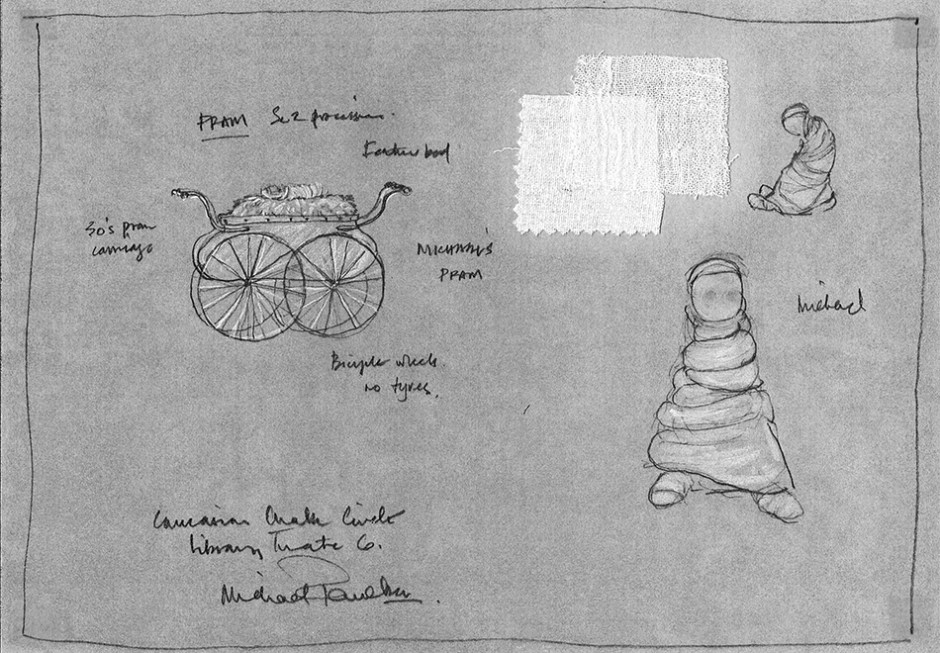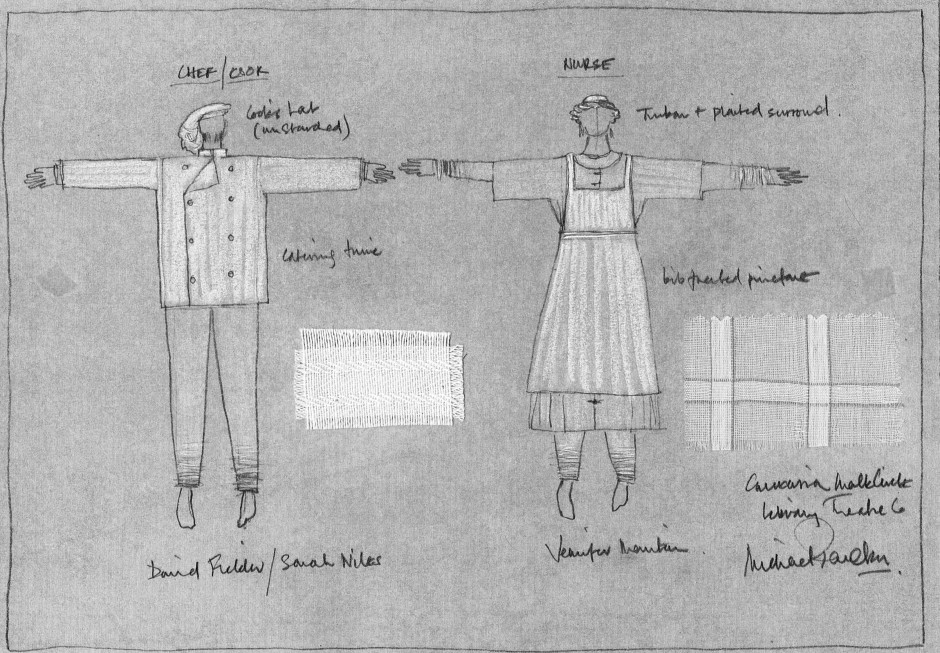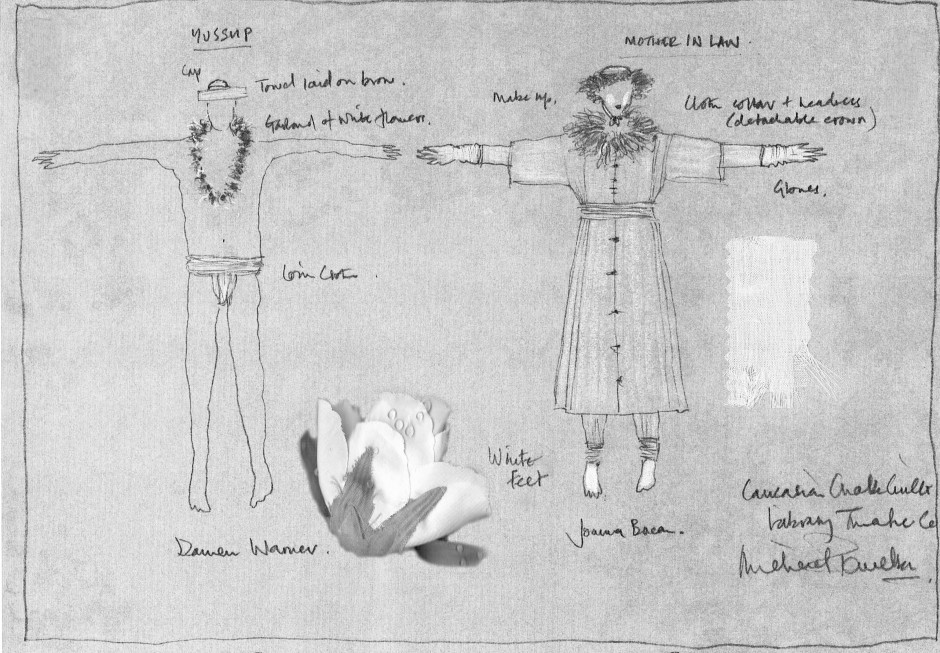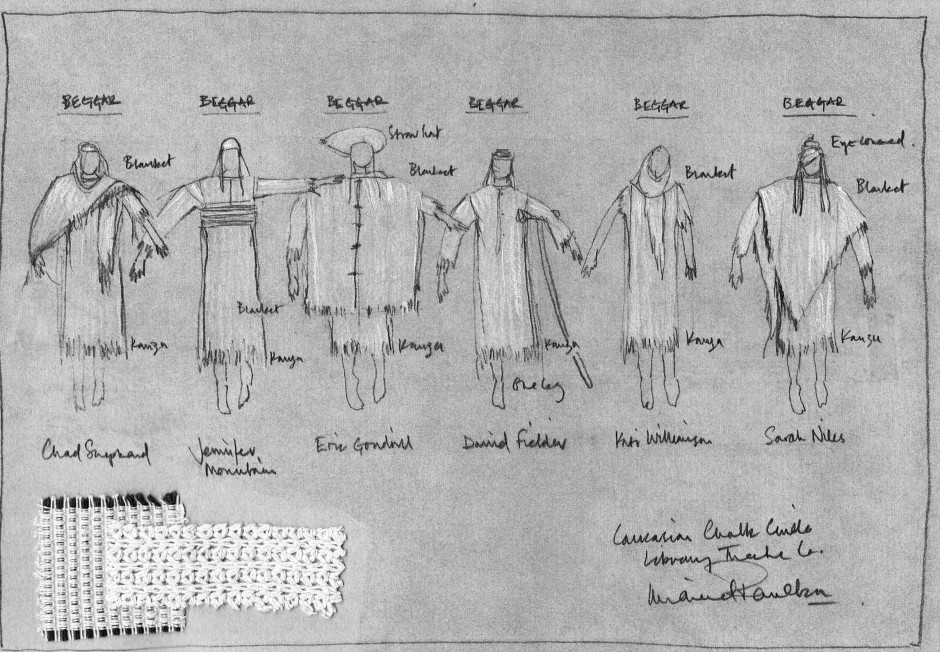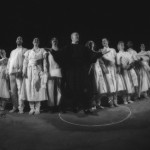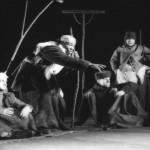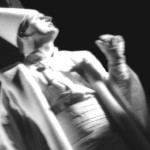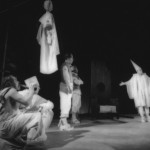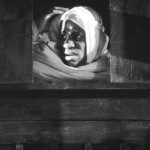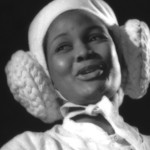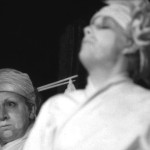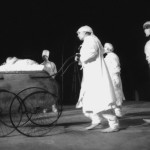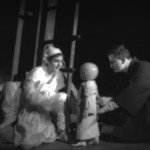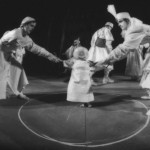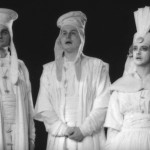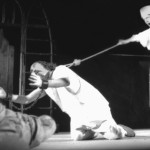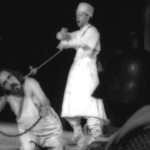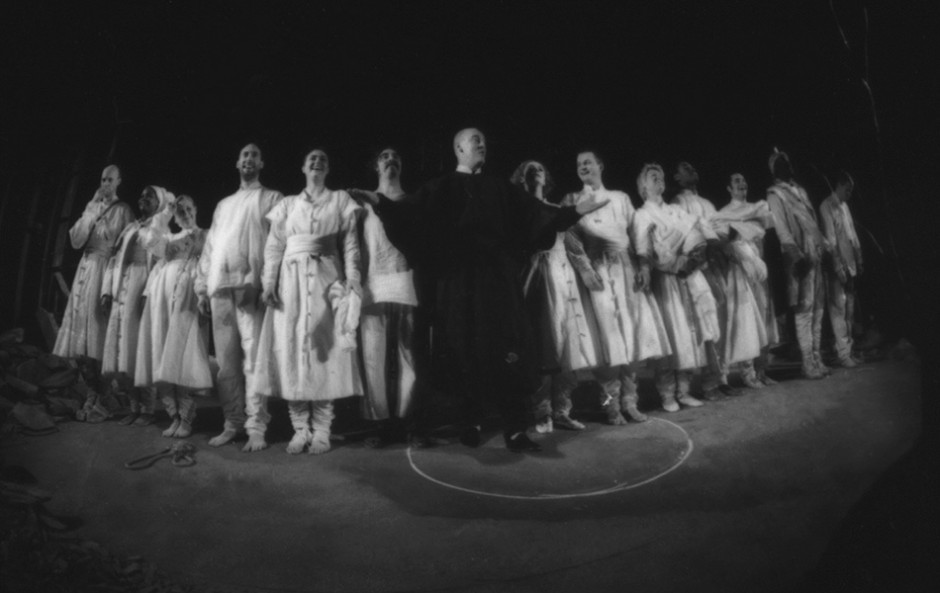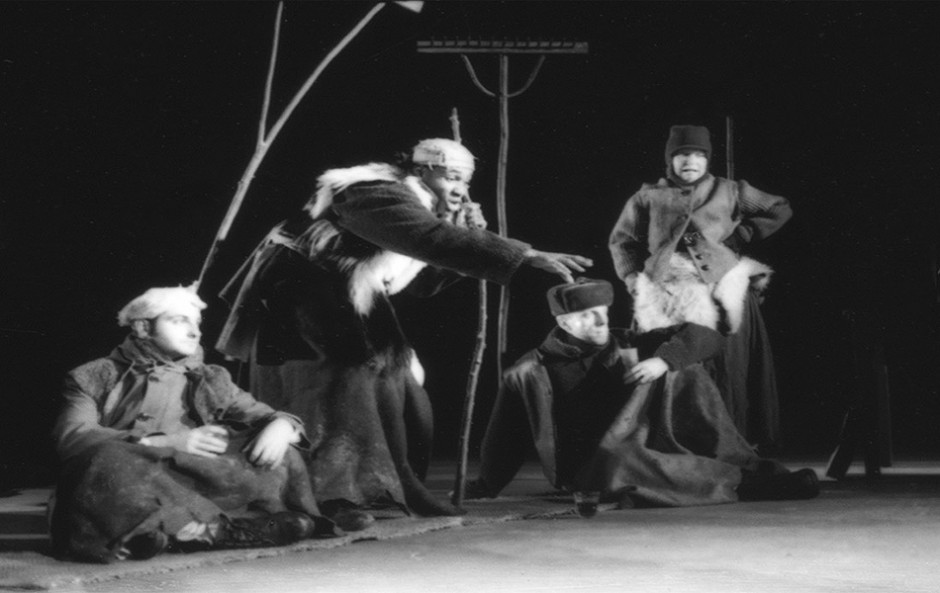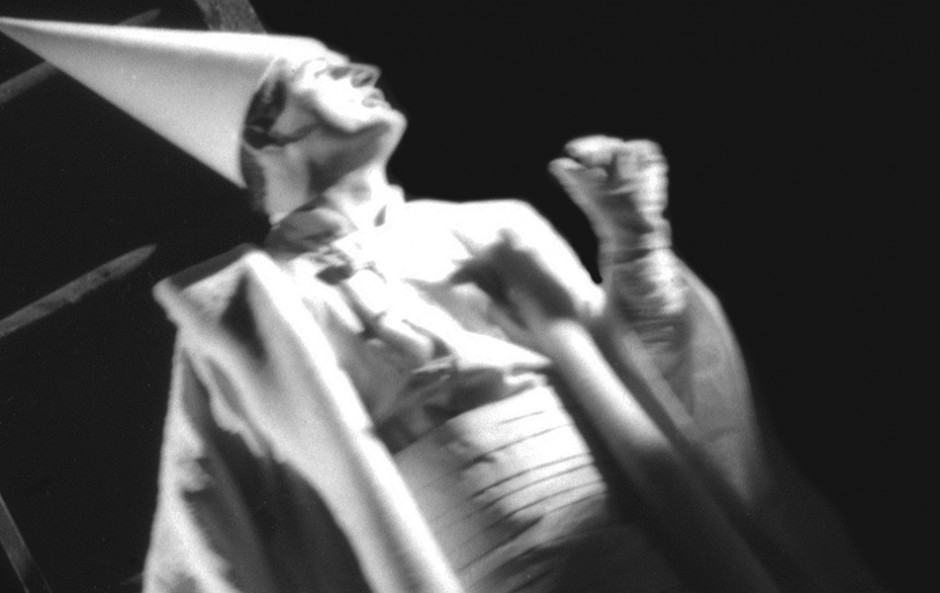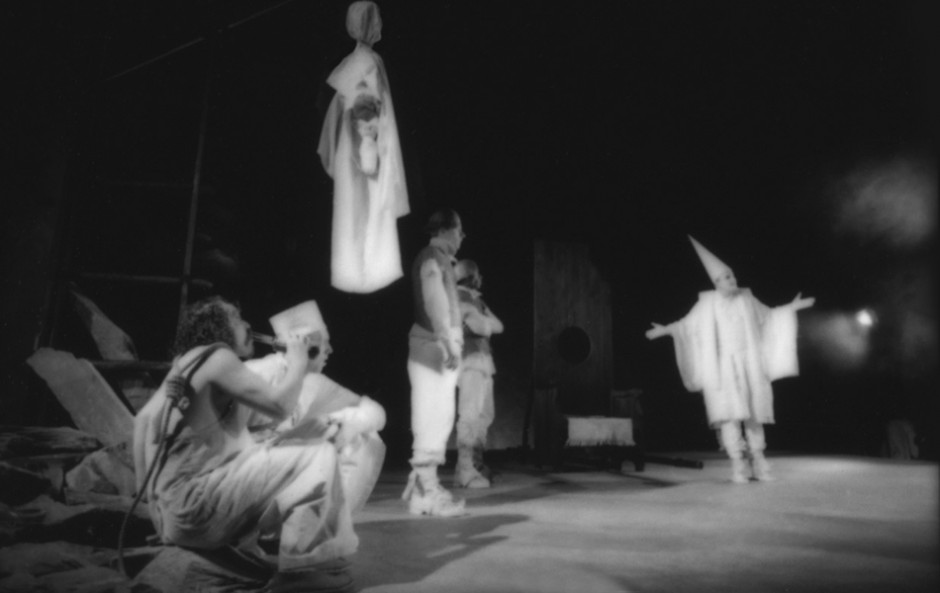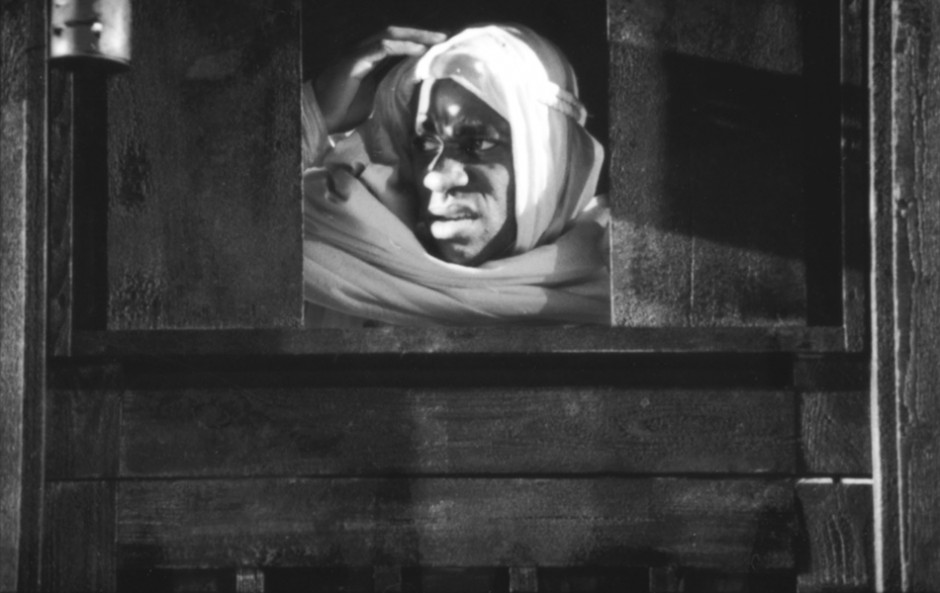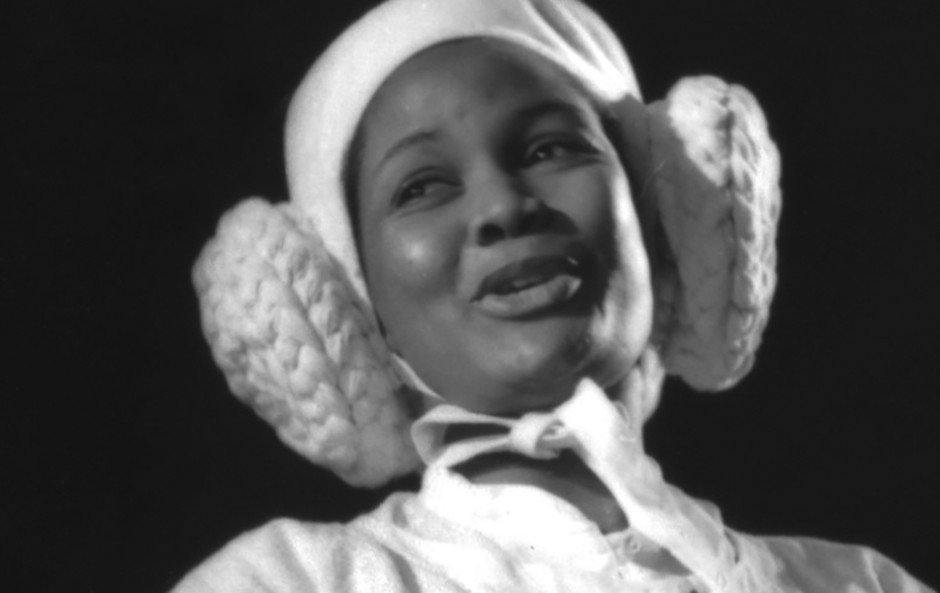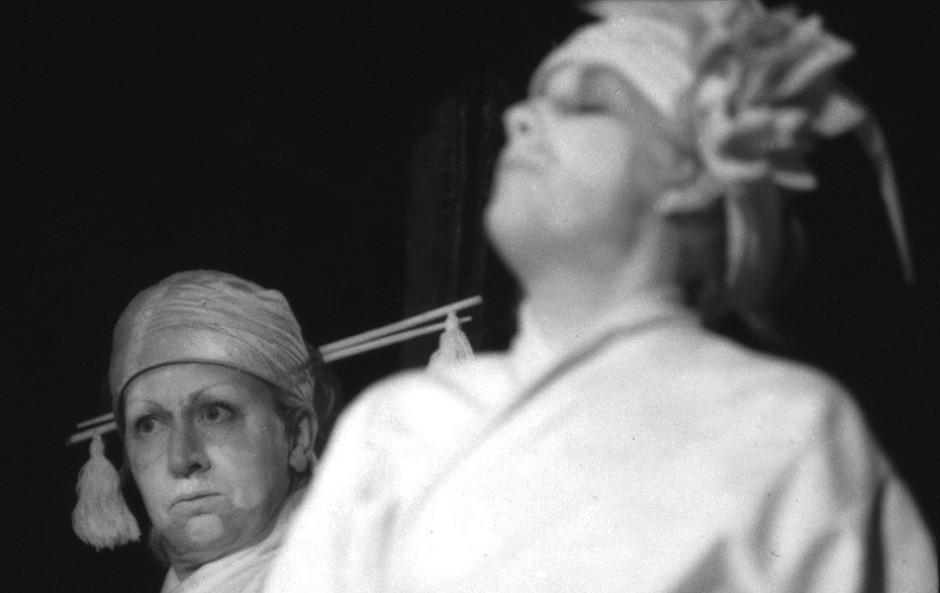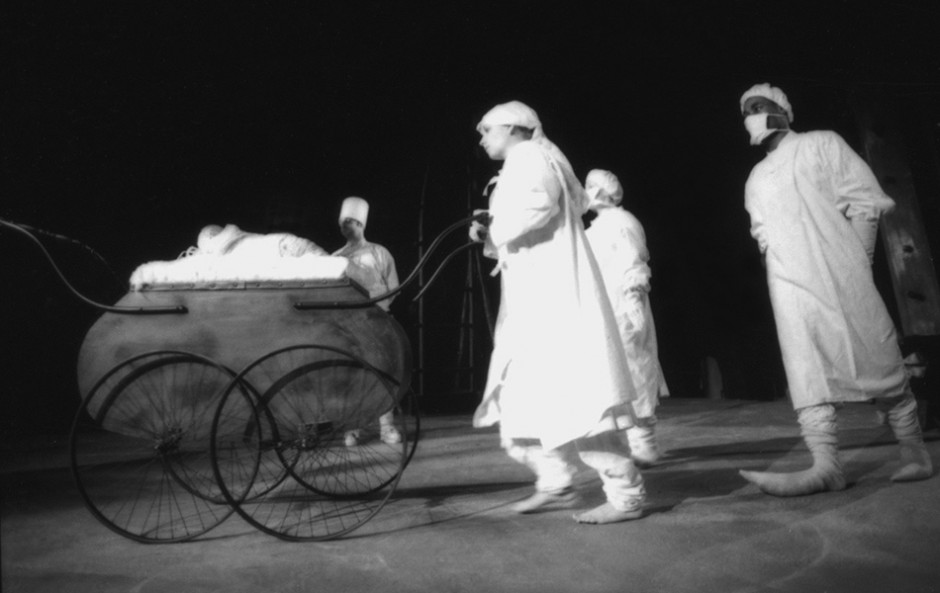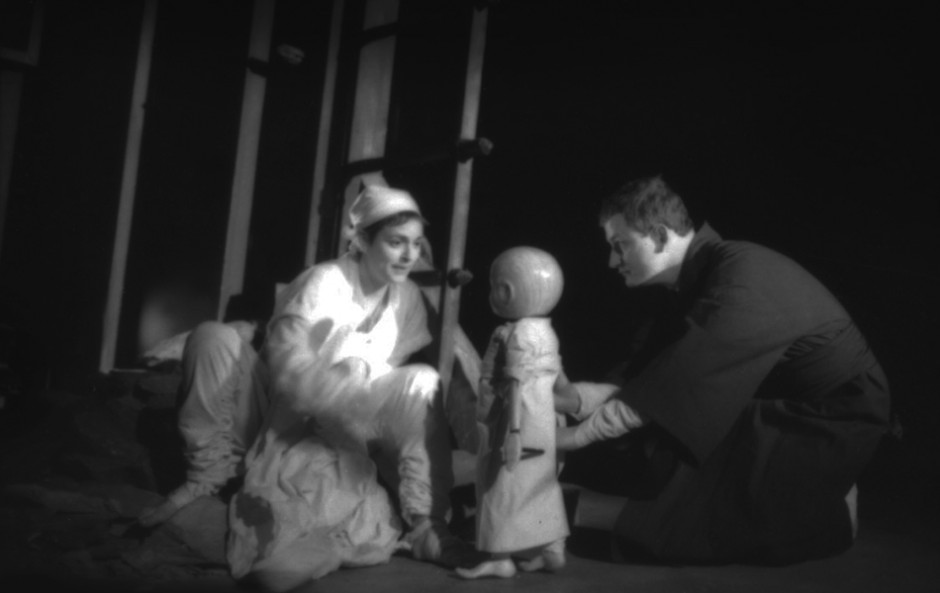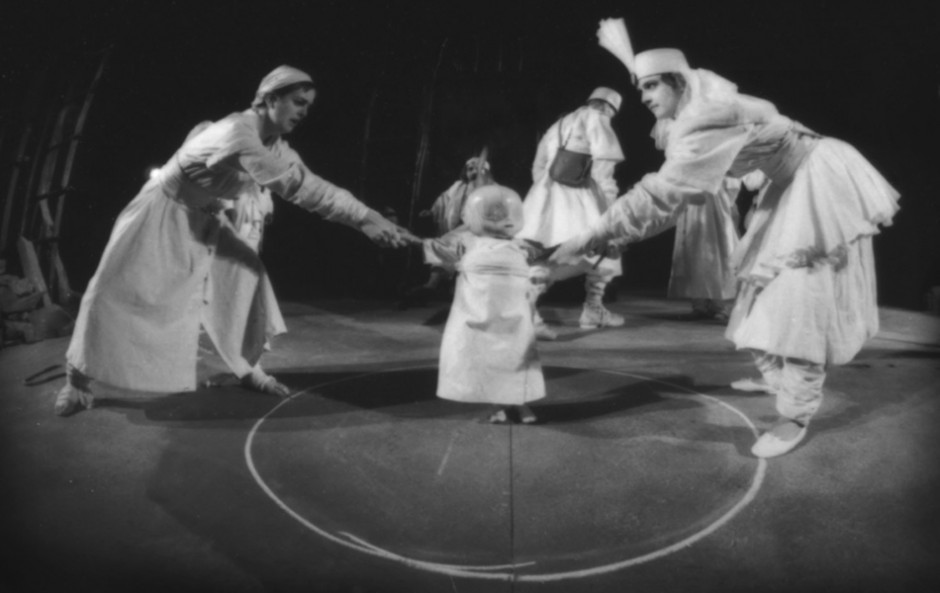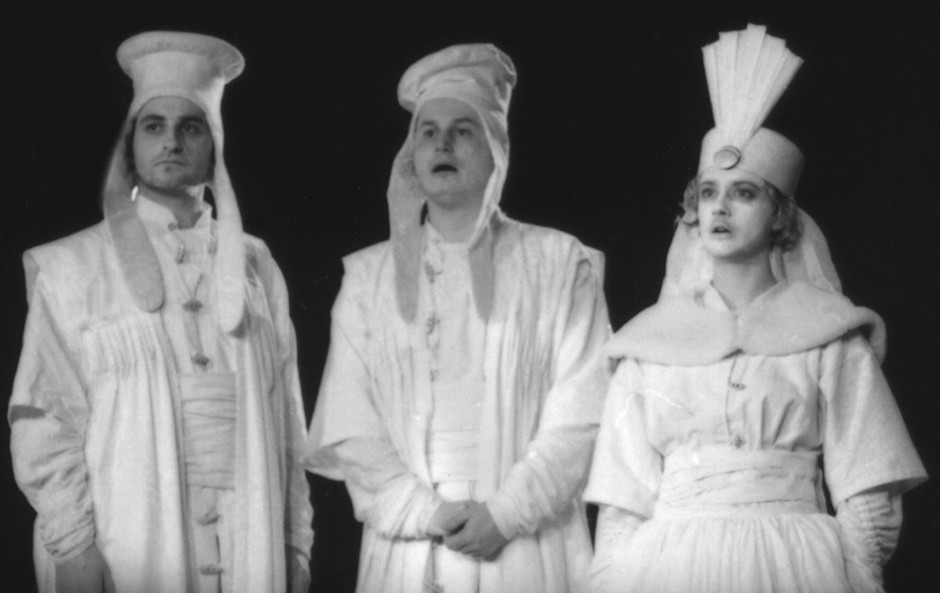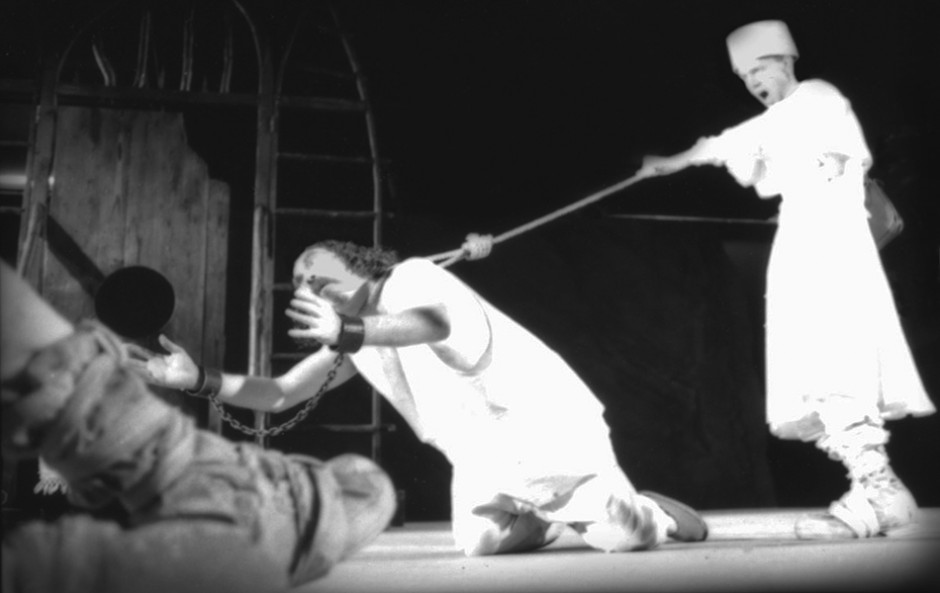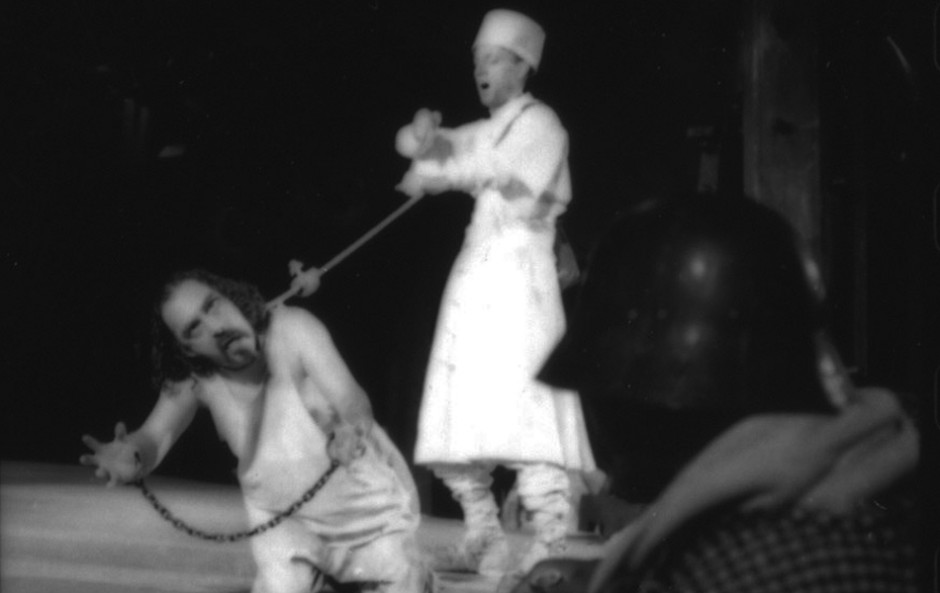Productions Past: SHAPES, BERTIE & BILL
There are productions that I approach with sculptural shapes in mind. Sometimes this is motivated by references in the narrative [as in the Twelfe Night for Seattle Rep among the images here] but as often as not I get the urge to make shapes in response to the particular performance space and an energy in the play. Form is fused with a material, and the material is a sensual response to the themes in the play. Whether the shapes shift is a response to the dynamics (rhythms and energy) in the play. I play with the play and I often find I test myself and the technical team by designing structures in the maquette that I don’t know how to construct full-size. These spaces also usually tower or stretch beyond the character’s awareness of its limits – they are consumed, enveloped in a metaphor and only the audience can appreciate their relationship to it in relation to the story. I usually attempt to reach out to the audience though, teasing them in to the space and allowing for characters to tread close to the viewer, on the very edge of the shape, but no further. Thrust stages are great for this… they tantalise.
Shakespeare and Brecht are theatricals – obvious, but the wonder of their writing is that it leaves plenty space for other theatricals to refresh their stories and claim them for themselves generation after generation. The latitude they give in their constructed narratives, dealing both openly with poetics but always reminding their audience of how present and live the performance has to be, is a gift for a designer: poetry + space = shape. It is for this and other reasons that Shakespeare rarely works on screen and Brecht has rarely been adapted for it – the closest the cinema has come to an equivalent experience in recent years is the work of Baz Luhrmann and Quentin Tarantino who would both, I feel sure, would acknowledge Bill & Bertie’s influence.
Stretching shapes of bodies is a challenge in that it effects so much of the production – footware particularly. The drawings and production shots below are for The Caucasian Chalk Circle, the set was a steeply raked slate slab, scratched into and announcements of each episode were projected onto it in aggressively scrawled chalk script. All the costumes extended the body in some way – height, footfall, bulk etc so that the audience were given the impression of a fable that had been distorted in their [childhood] memory. Bunraku puppetry techniques were also used to suspend further, disbelief. They were all made from natural unbleached wools, wool felts, linens, calicos and muslins: fabrics harvested on the plains and hillsides and the character’s status was simply defined by their structure, weight and shape.

